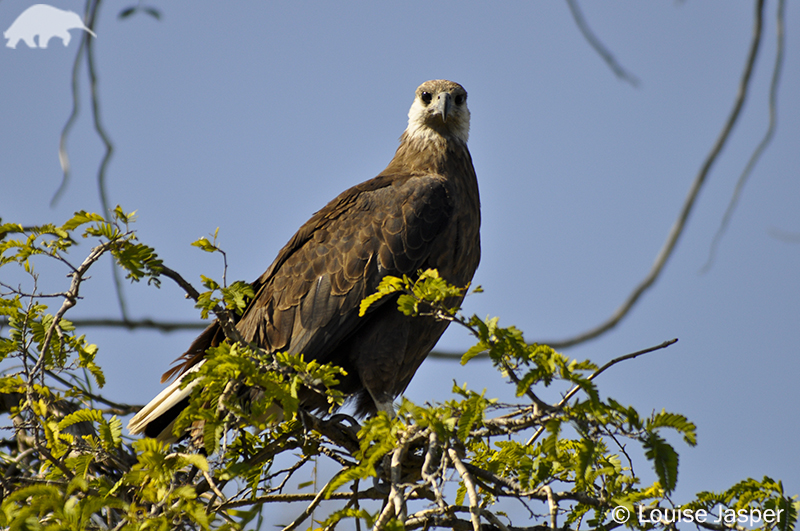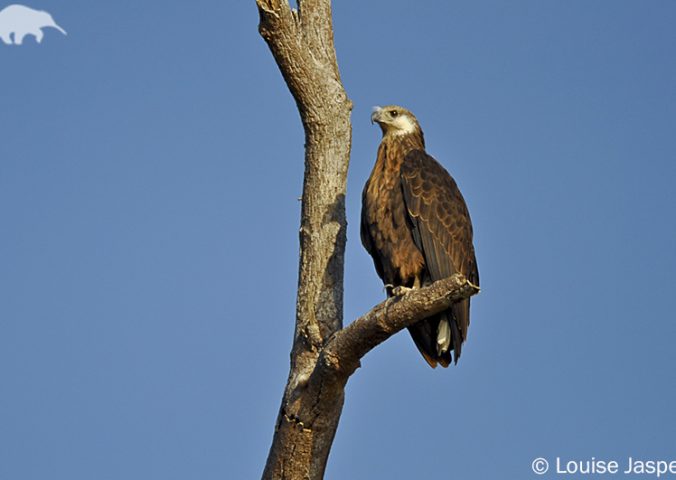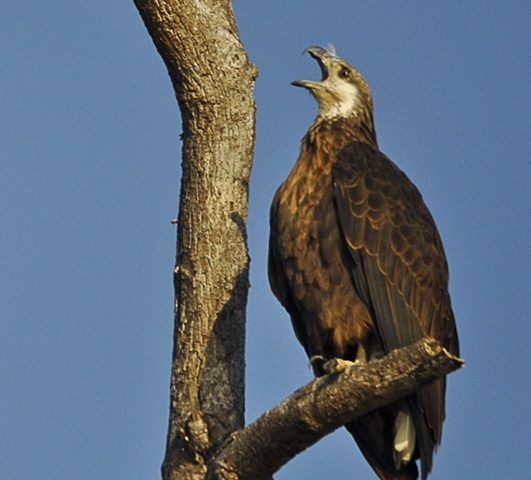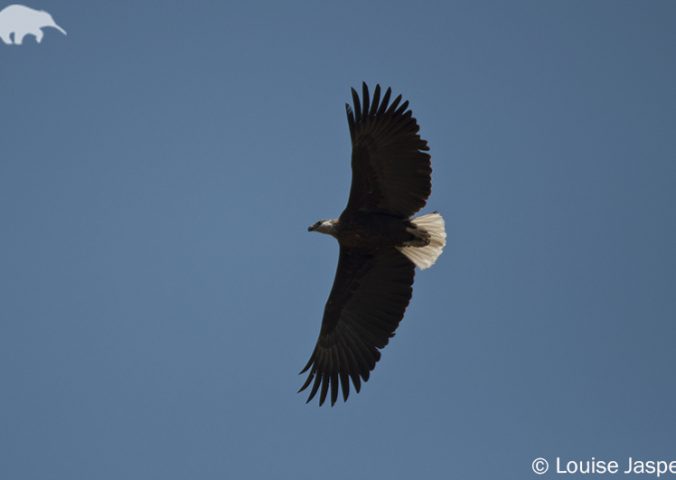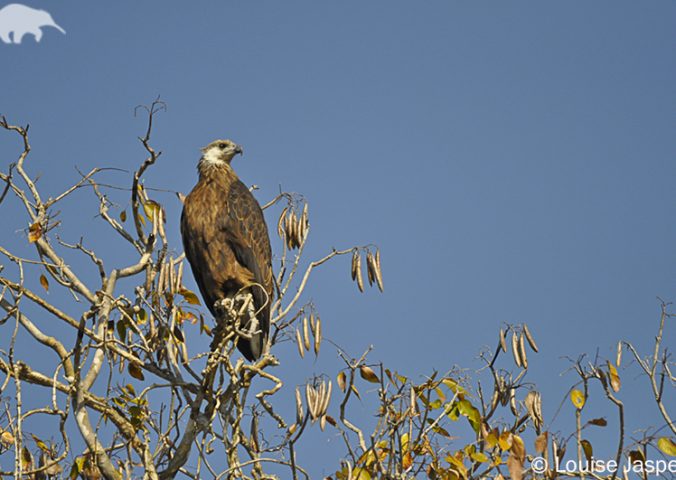About
This fish-eagle is by far the largest bird of prey found in Madagascar – a global biodiversity hotspot.
This species is part of the genus Haliaeetus is thought to be one of the oldest living, avian genera, with some fossil evidence suggesting it was present in the Oligocene, 33.9 million to 23 million years. The closest relative of the Madagascar Fish-eagle is the African fish-eagle, Haliaeetus vocifer, and together they form a pair lineage distinct from other members of the genus. This pair diverged soon after the separation of the genus from the rest of the Accipitridae family. Research has shown that reproductive output in this species is low as typically, one or two eggs are laid and only one offspring is raised, as the strongest chick tends to kill the weakest (siblicide). This species mainly feeds on fish, therefore putting it into direct competition with the Malagasy fishermen. This has led to the persecution of this species through the taking of nests, shooting of adults but also the accidental entanglement in fishing-nests. Deforestation, soil erosion and the development of wetland areas for rice-paddies is causing the on-going loss of nesting and foraging habitat. There is an ongoing conservation programme with the aim to increase the known breeding population to at least 250 pairs. Activities include the enforcement of existing traditional laws at the local community level and also the release of captive-reared birds rescued from siblicide. Their range has now become part of a protected area.
- Order: Accipitriformes
- Family: Accipitridae
- Population: 360
- Trend: decreasing
- Size: 70-80cm
EDGE Score
Distribution
The species found along the west coast of Madagascar.
Habitat and Ecology
This species favours dry, deciduous forest alongside aquatic habitat. It nests in mangroves and prefers areas with large trees from which it can scan for prey in the water. This species feeds mainly on fish. Breeding season runs from May to October.
